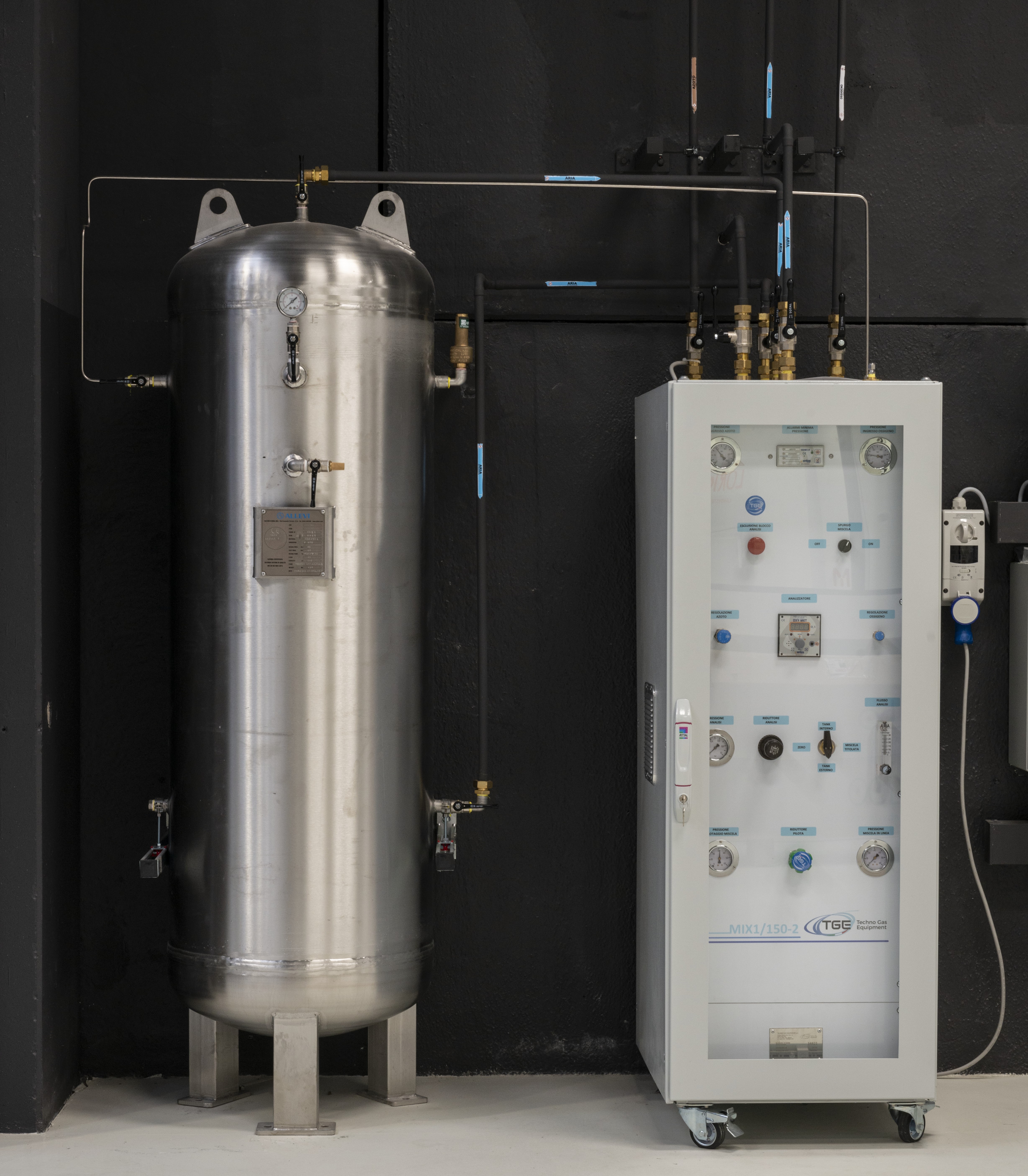
In laser cutting, gases, such as oxygen, nitrogen, or a mixture of the two, are utilised to facilitate the cutting process. The laser beam heats the material, while the gas removes the melted substance, resulting in a neat cut.
The type of gas depends on the material to cut. For example, oxygen is commonly used to cut carbon steel. Nitrogen, on the other hand, is utilised for cutting materials such as stainless steel, aluminium, and its alloys. The main reason for selecting nitrogen as a cutting gas is that it is an inert gas, meaning it does not react chemically with the material being cut. That helps to prevent oxidation or burning of the material, which can cause discolouration, warping, or other damage. Conversely, oxygen helps to increase the temperature of the cutting area by reacting with the metal. The chemical action adds to the mechanical action, increasing the cutting speed.
The cost-effectiveness of choosing nitrogen or oxygen as a cutting gas can vary depending on the thickness of the material and the method used to deliver the gas. In some cases, employing nitrogen can be more expensive per hour than oxygen, particularly when dealing with very thick steel.
The pros of gas mixtures
Opting for a mixture of gases can be a way of leveraging the benefits of different substances. A classic example is the mix of oxygen and nitrogen. Oxygen aids the material's melting process, while nitrogen helps to eject material and increase speed. Using a combination of gases is also known to enhance the finish of the surface.
When cutting 8 mm stainless steel, nitrogen alone allows for a maximum cutting speed of 7500 mm/min, while using a gas mixture increases the speed to 8800 mm/min, reducing gas consumption by 40%.
By cutting mild steel of the same thickness, three options are available: cutting with nitrogen, oxygen, or a gas mixture. Using oxygen results in a speed of 2800 mm/min, while with nitrogen it is possible to reach a speed of 7200 mm/min. When applying a mixture of gases, the cutting speed achieved is 7500 mm/min.
Improved cutting speed, enhanced finish, increased efficiency: the selection of the assist gas for cutting is based on different factors, but using a gas mixture may often provide decisive benefits.
